Is This Trend Real?
Why Are Younger Women Considering Facelifts?
Yes, this is 100% a real trend.
Historically, the average facelift patient was in their late 50s or early 60s. But in the last 20 years, that number has steadily dropped. Today, the average age of a facelift patient is in the late 40s—and we’re seeing a huge uptick in inquiries from women in their 30s and early 40s.
So, what’s driving this?
01.
Non-Surgical Treatments Are Losing Their Appeal
For years, injectables, threads, and non-surgical skin-tightening treatments were marketed as alternatives to surgery.
But now, people are realizing the harsh truth—they simply don’t work for true laxity. In fact, overuse of fillers can actually distort the face and accelerate aging.
For the first time in decades, the non-surgical aesthetics industry is slowing down. Patients are getting frustrated with the lack of real results and are turning to surgeons like me for a permanent solution.
02.
Women Want to Stay Ahead of Aging
The biggest reason younger patients are considering facelifts? Prevention.
Aging starts earlier than most people realize. Around perimenopause (late 40s), the skin starts to lose collagen at an accelerated rate. Instead of waiting until they have severe laxity, many women want to address the early signs of aging before things get worse.
And here’s the thing—this strategy works. A properly performed facelift can permanently slow down the rate of aging, meaning you’ll always look younger than your actual age.
That said, just because someone wants a facelift doesn’t mean they should get one.

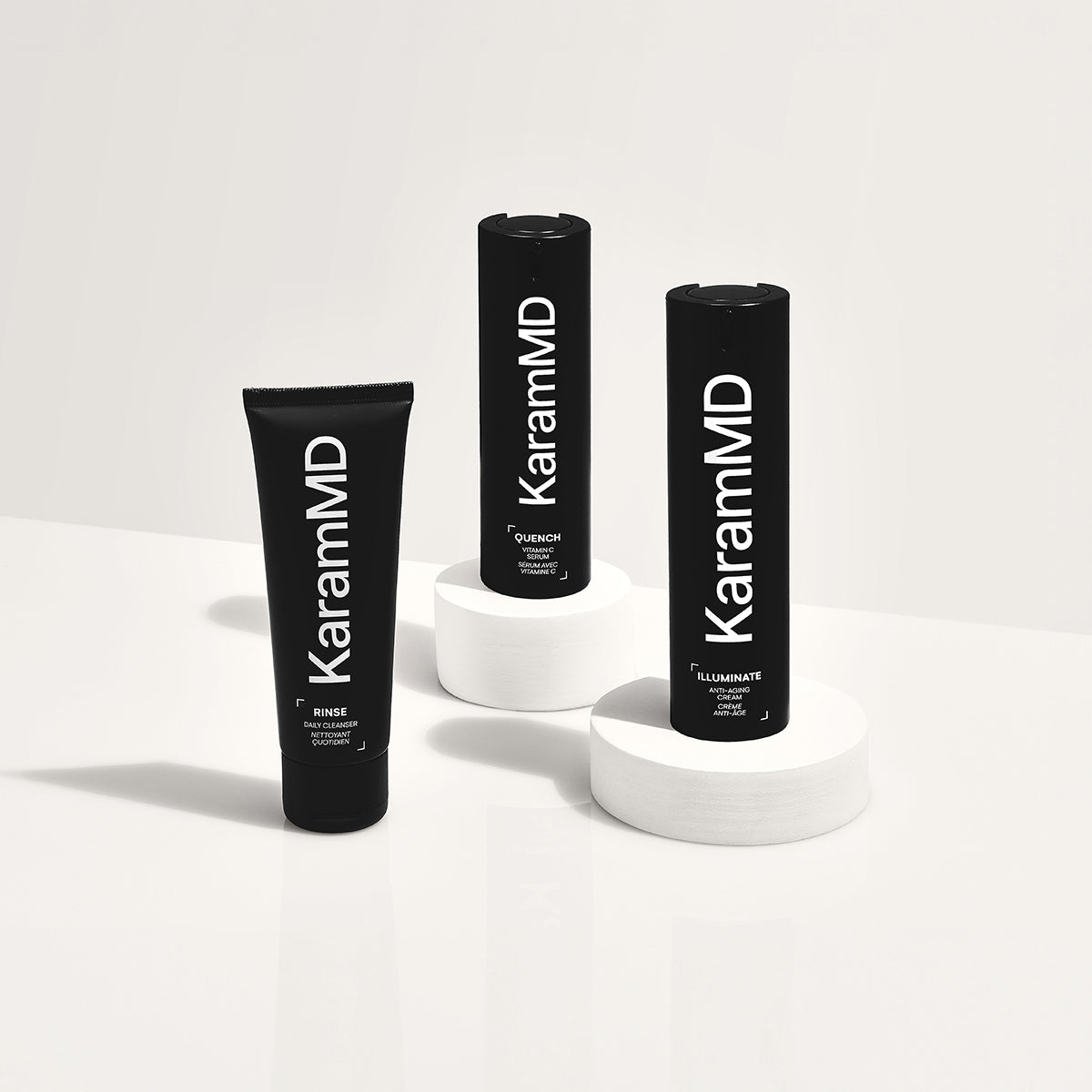
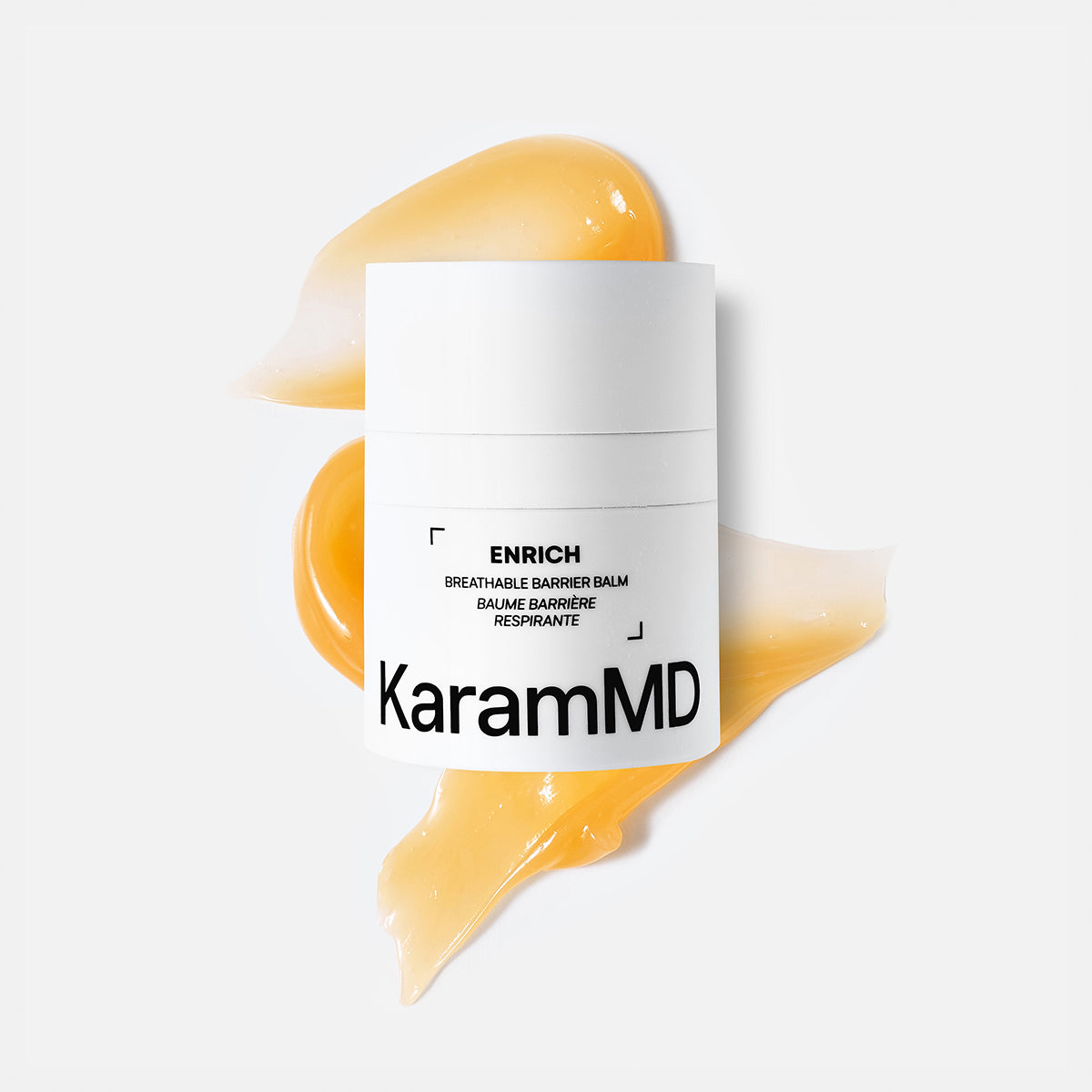
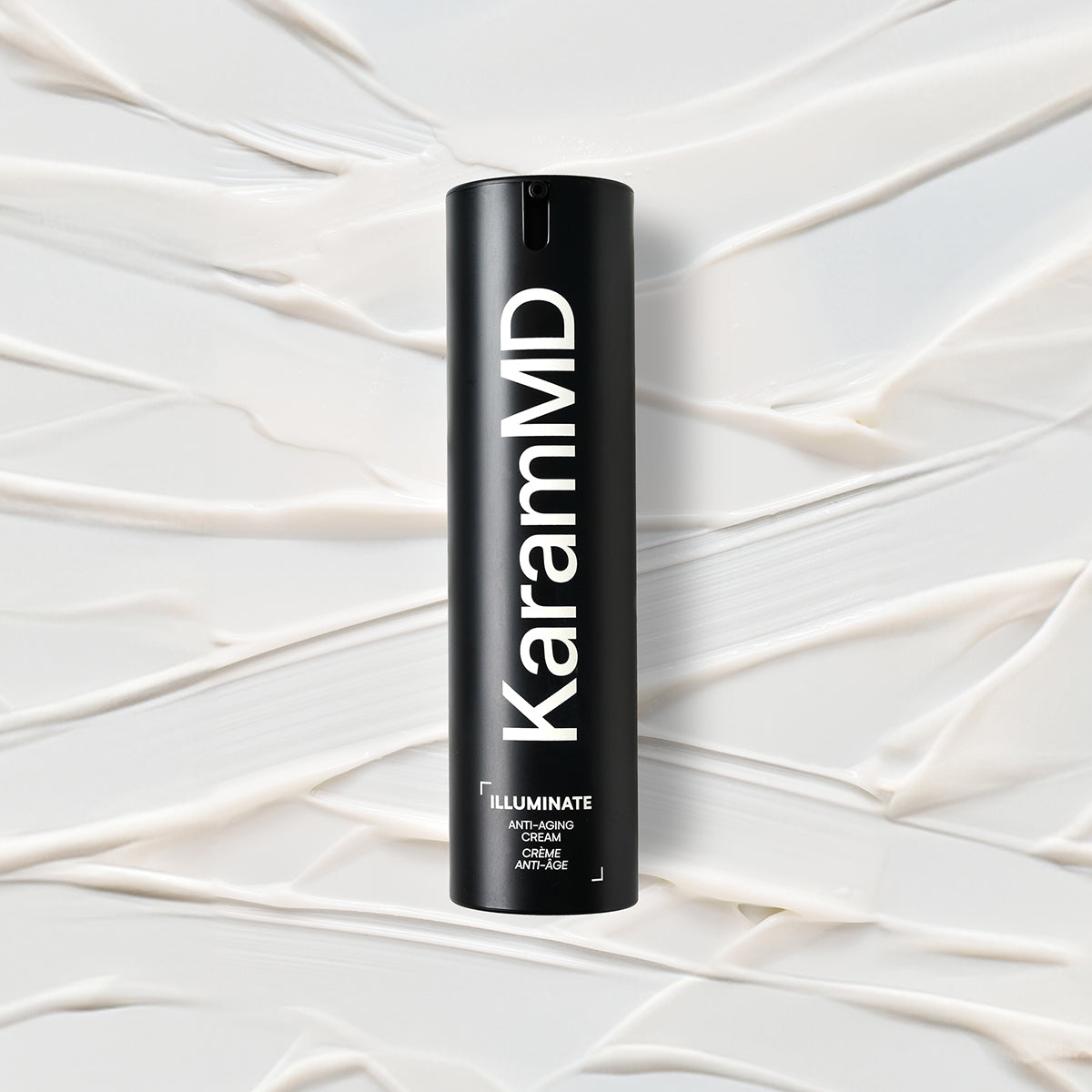
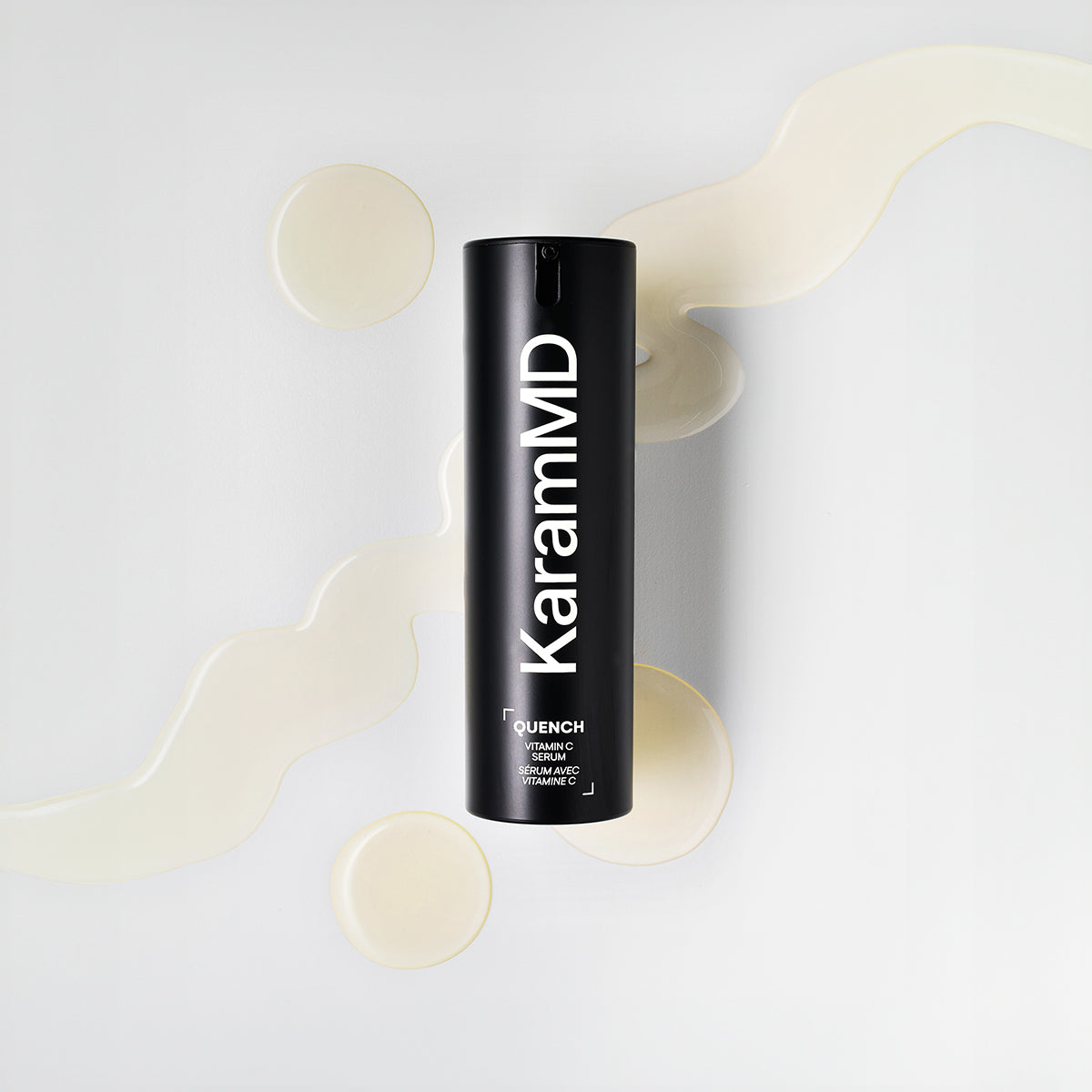
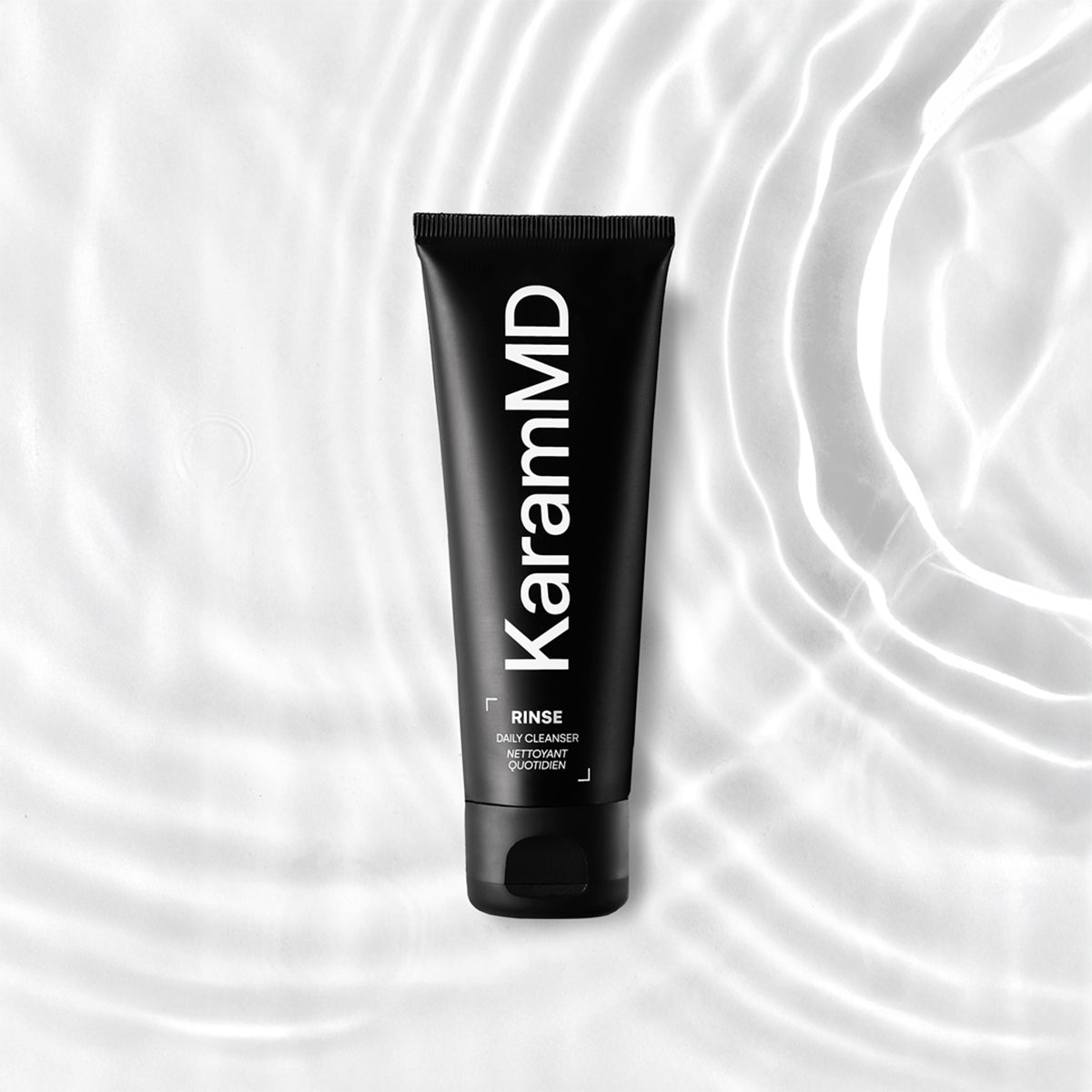
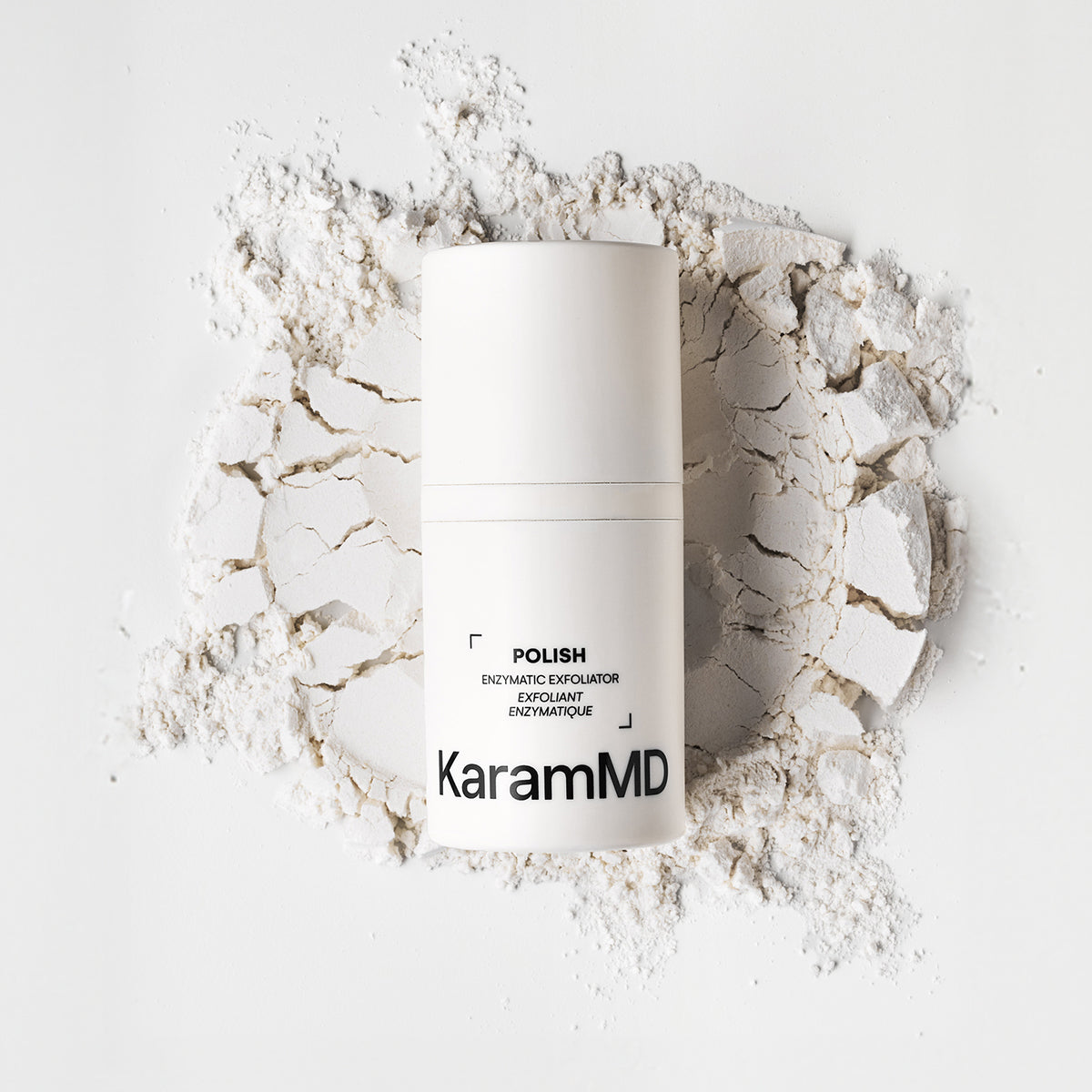
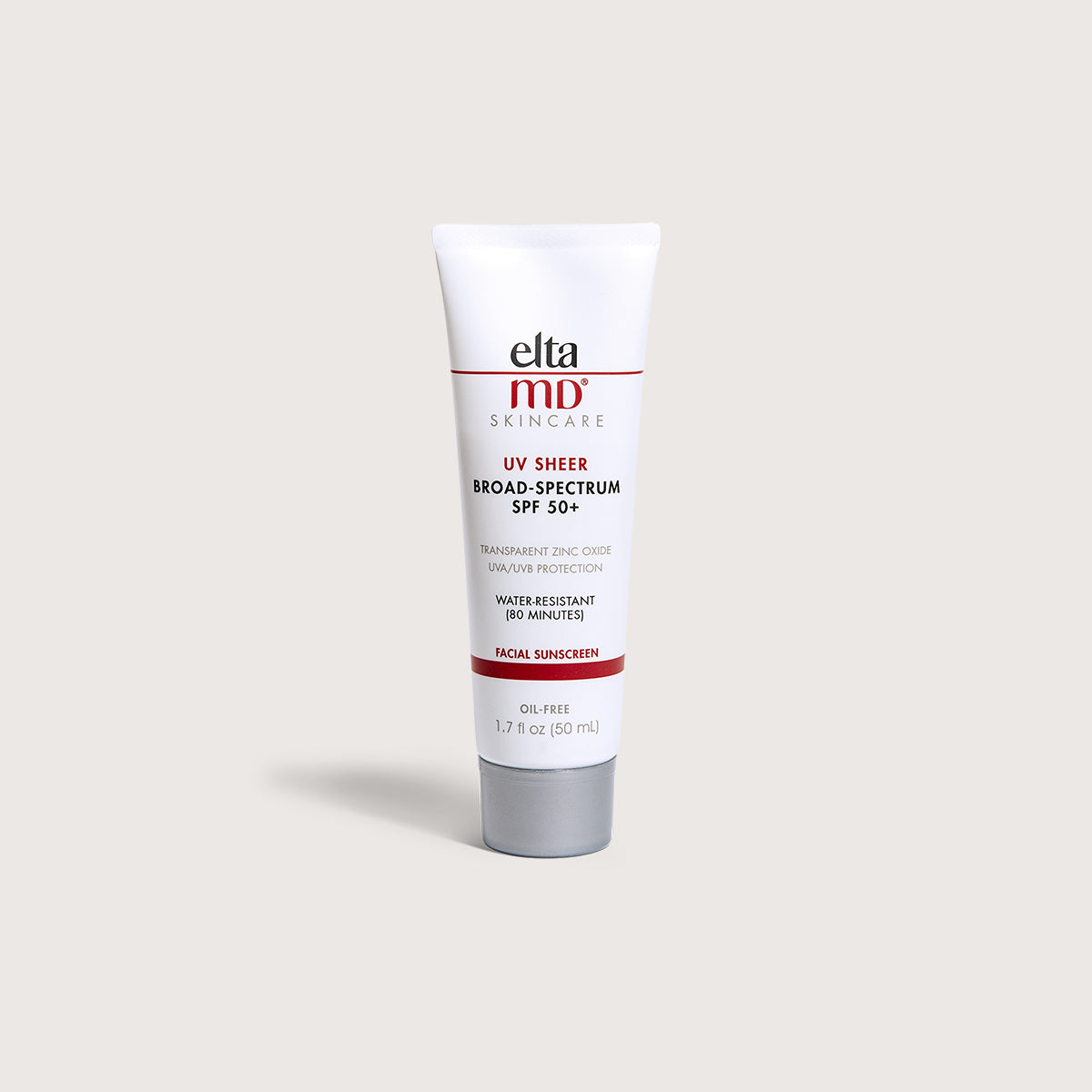
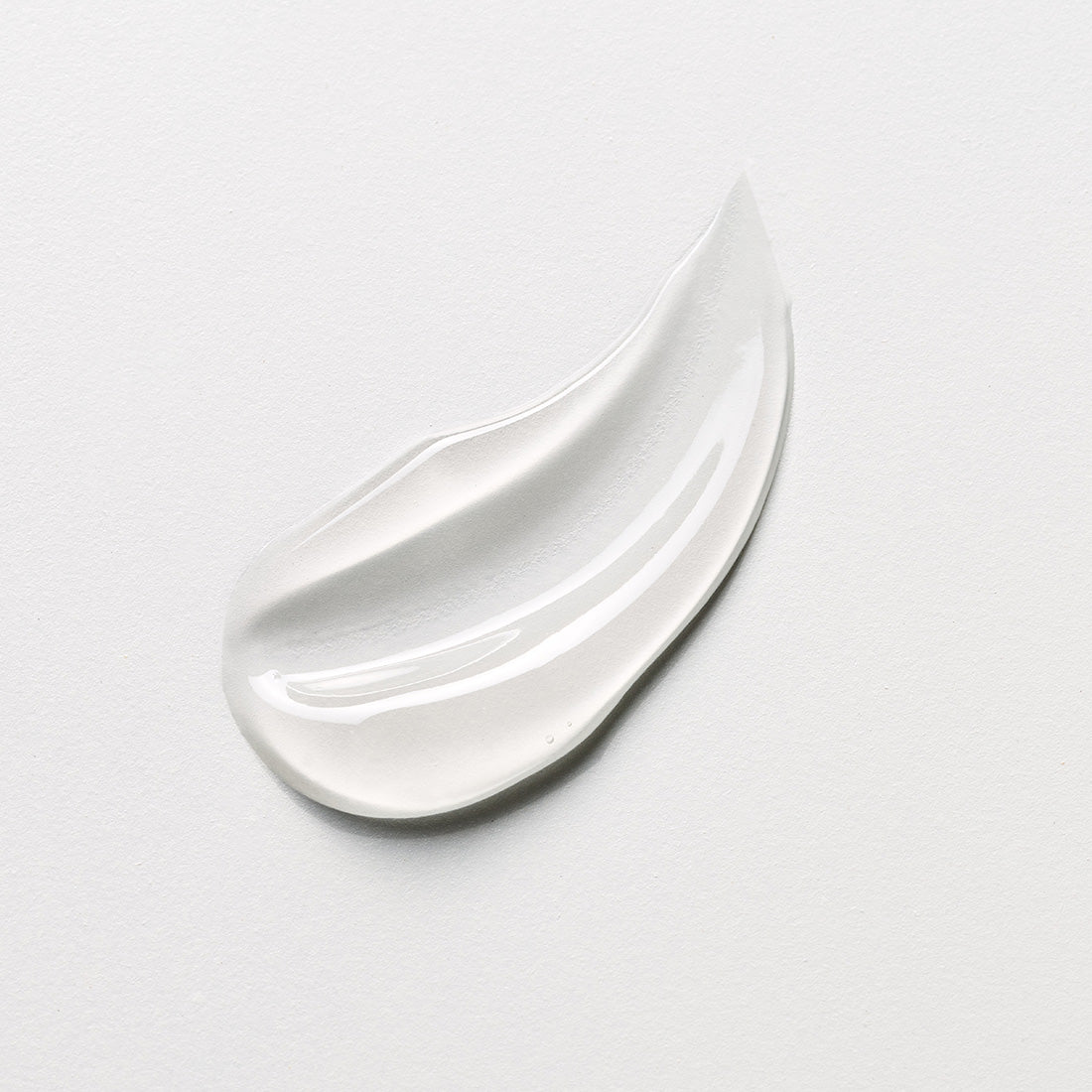
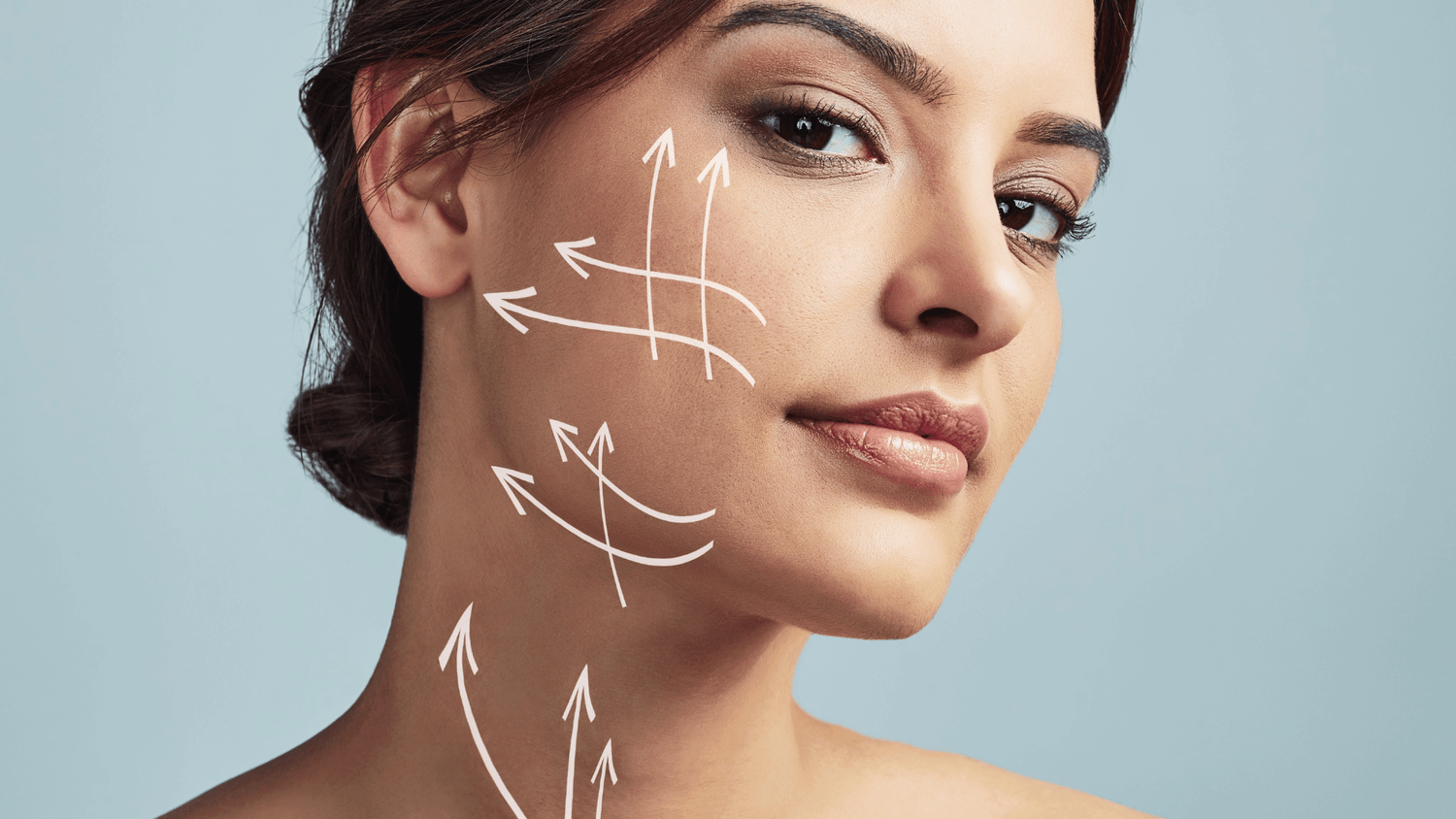
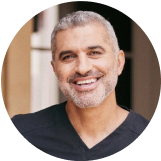


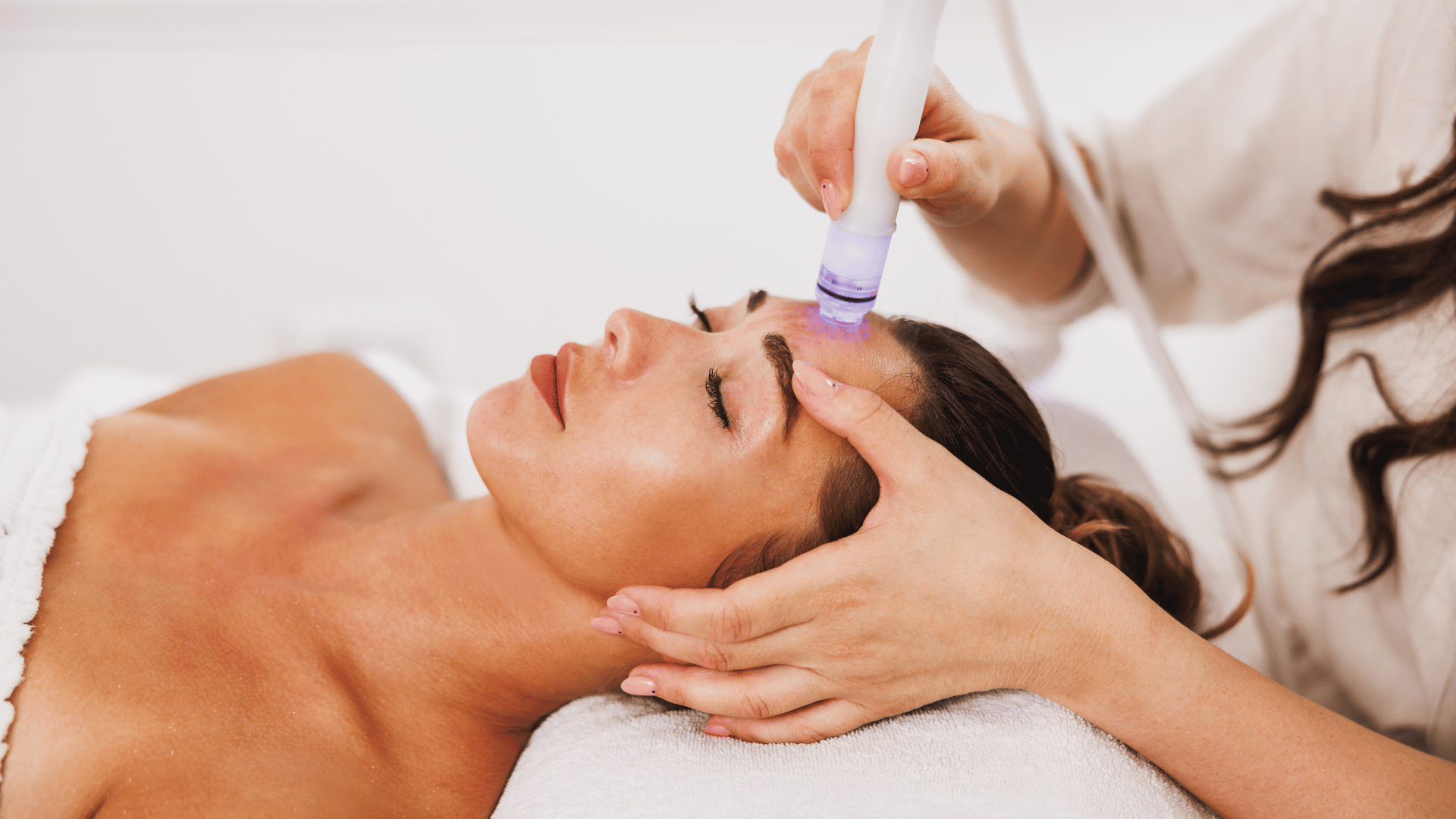

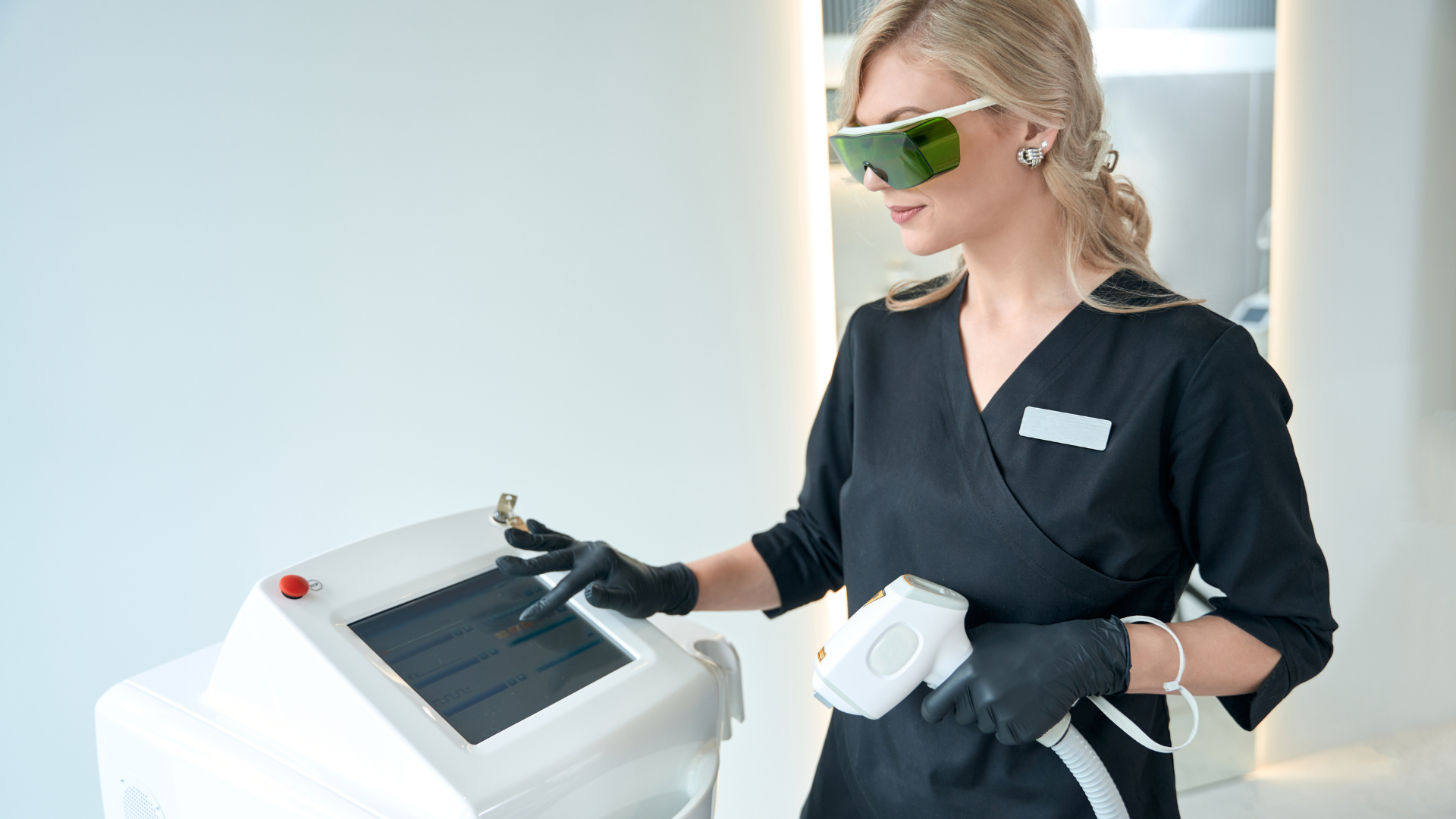
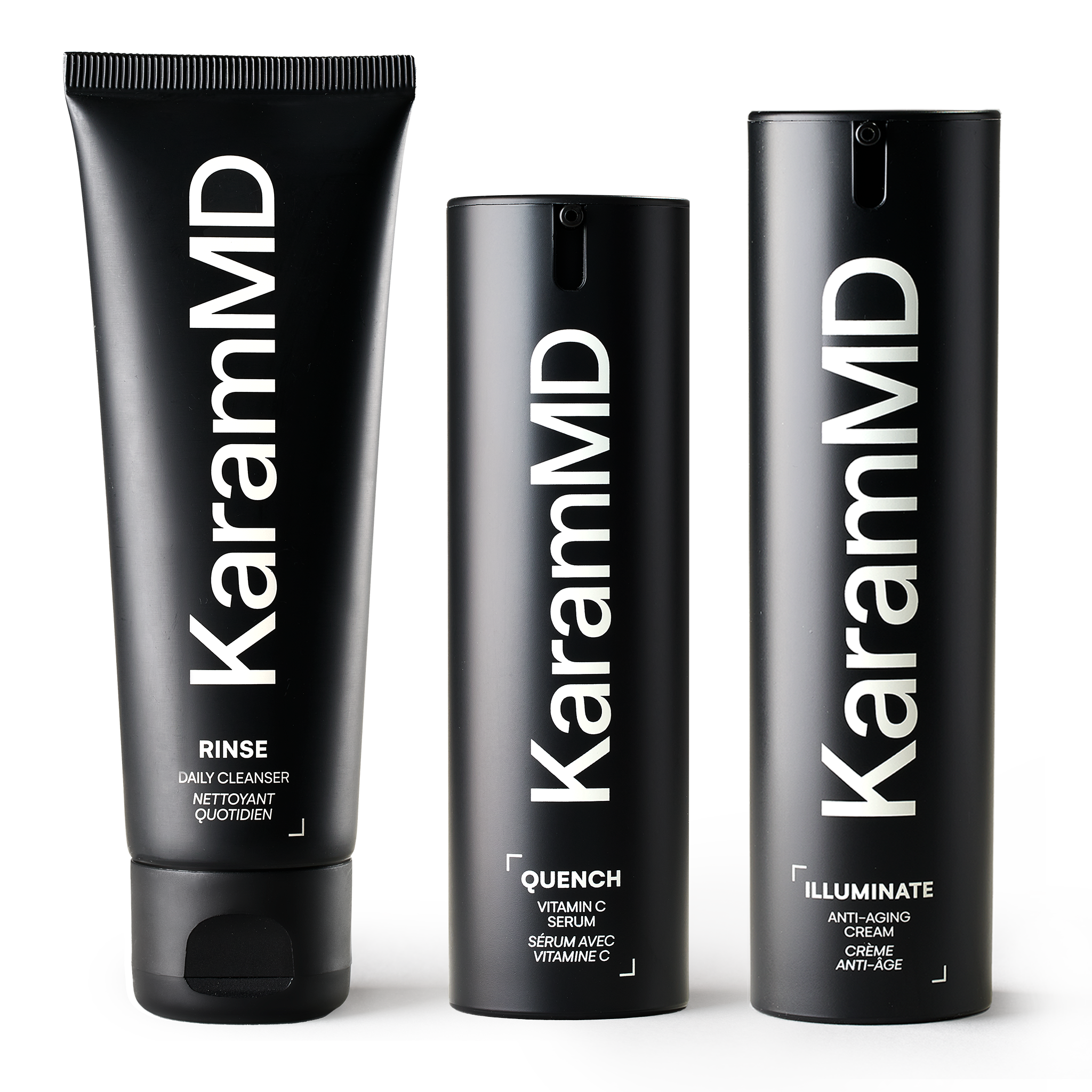
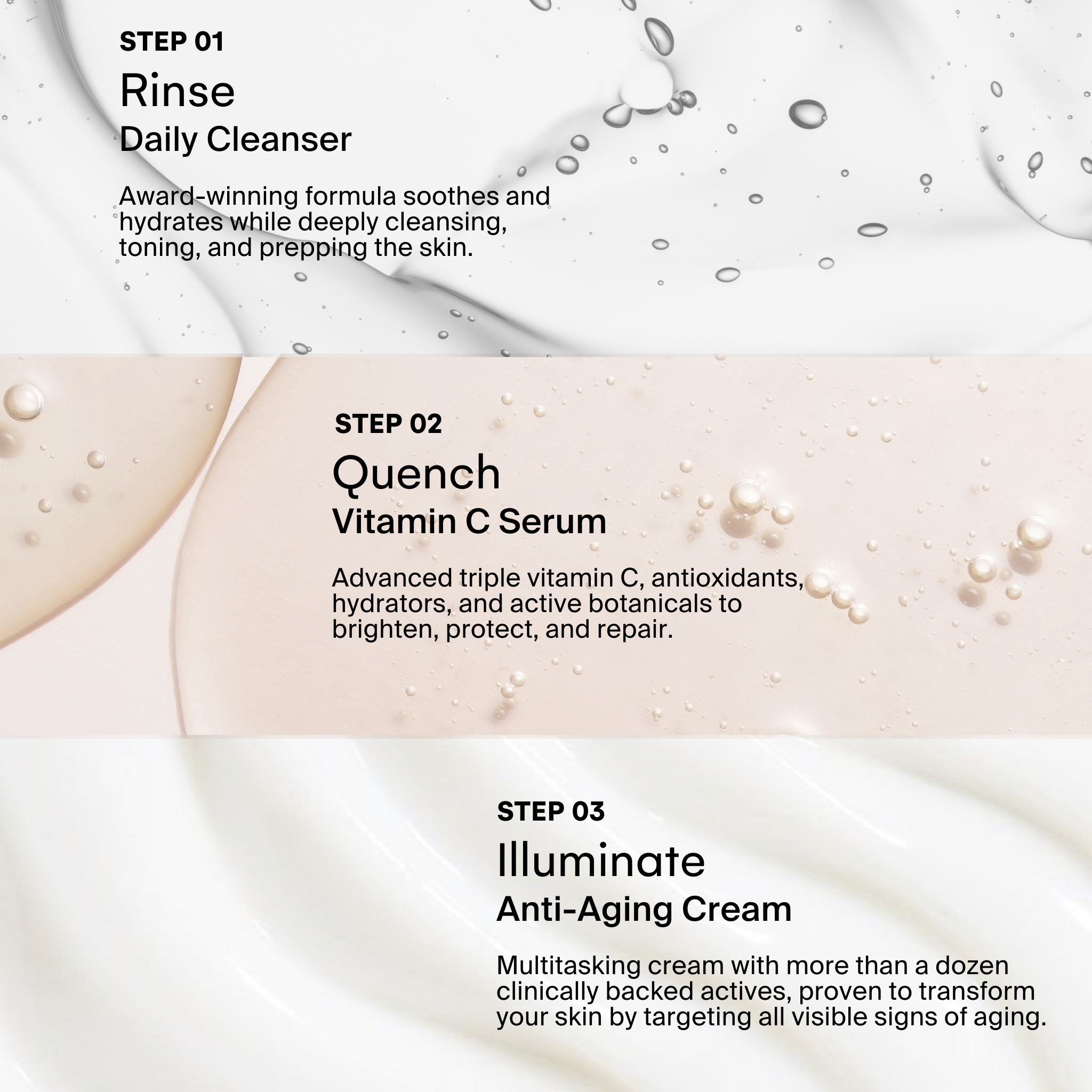
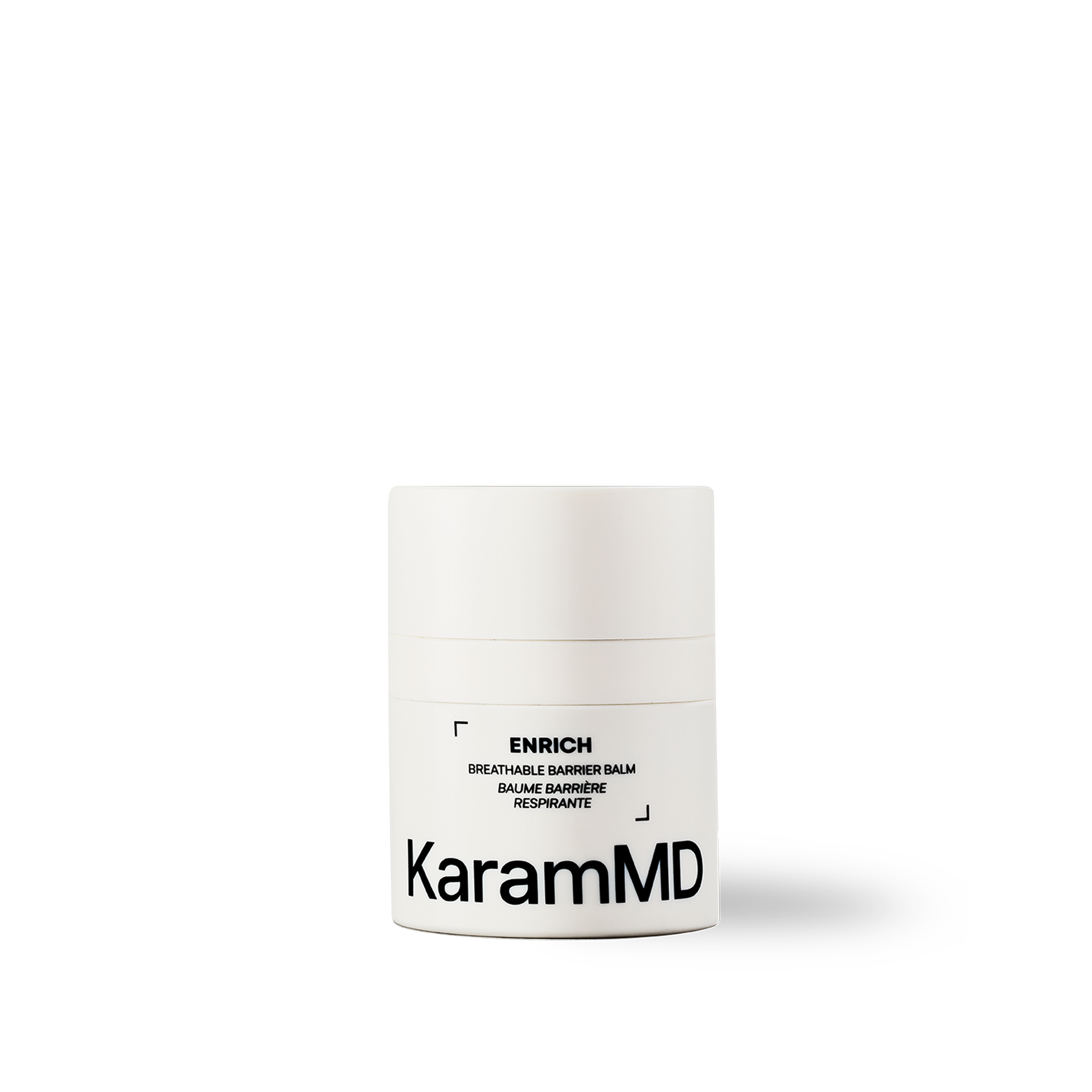
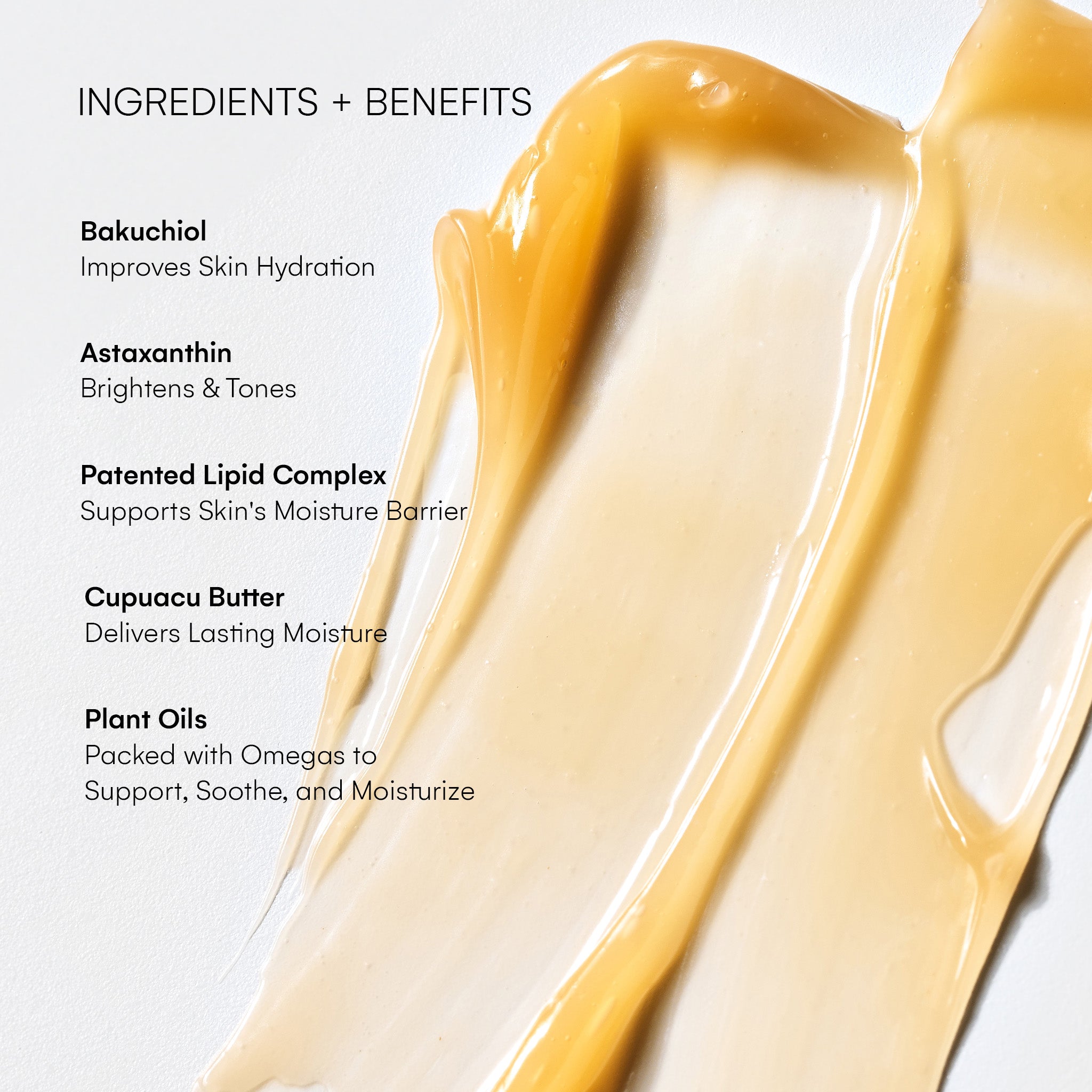
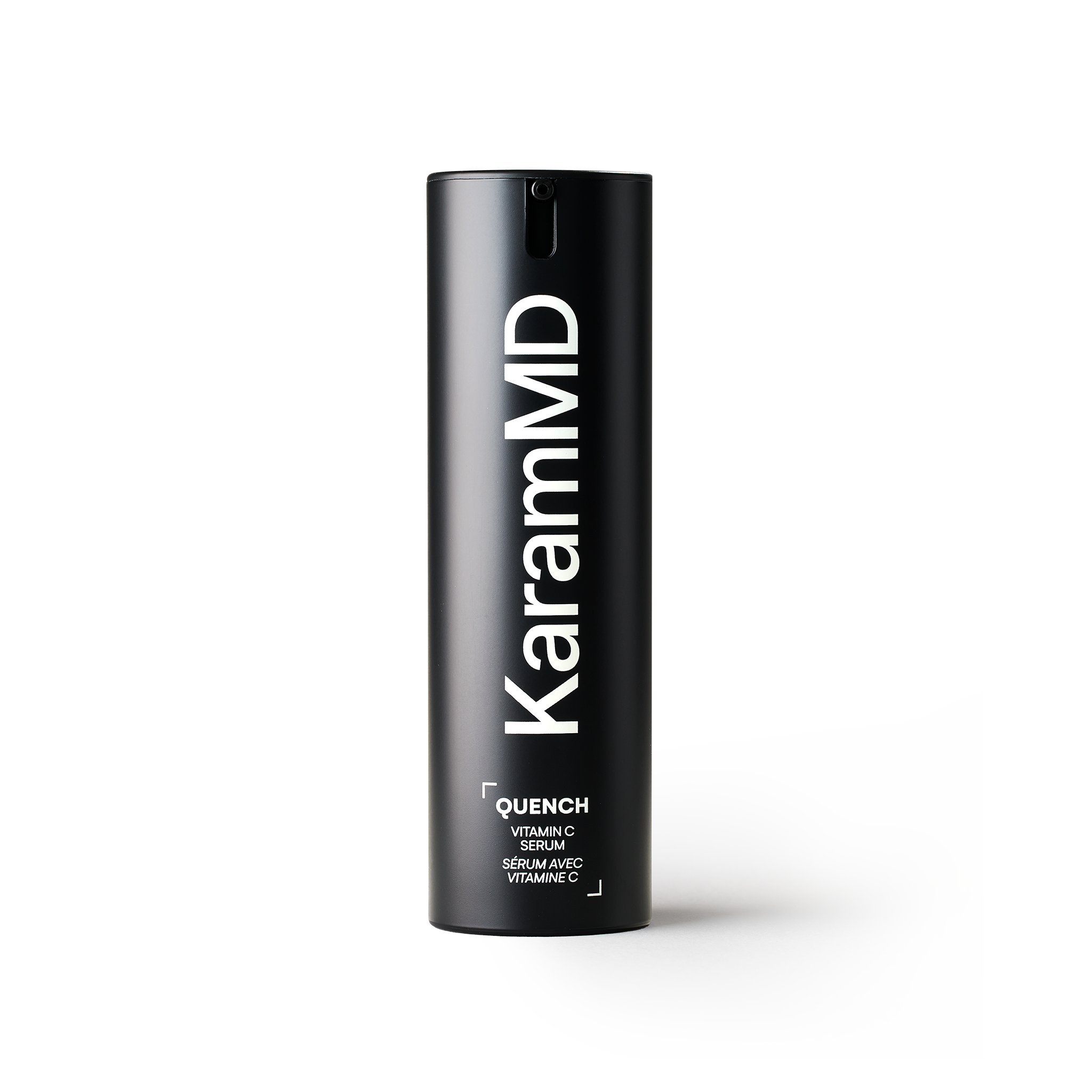
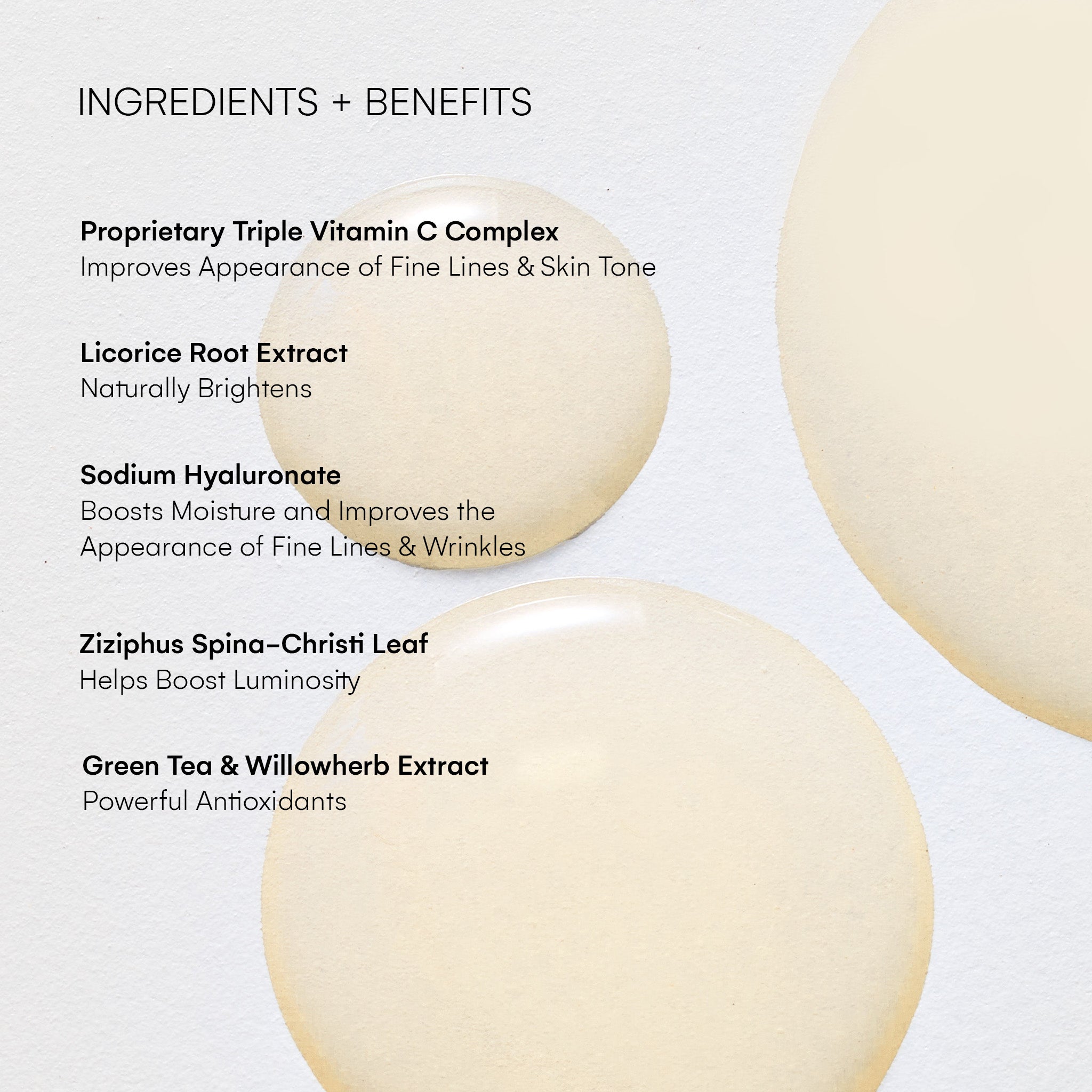
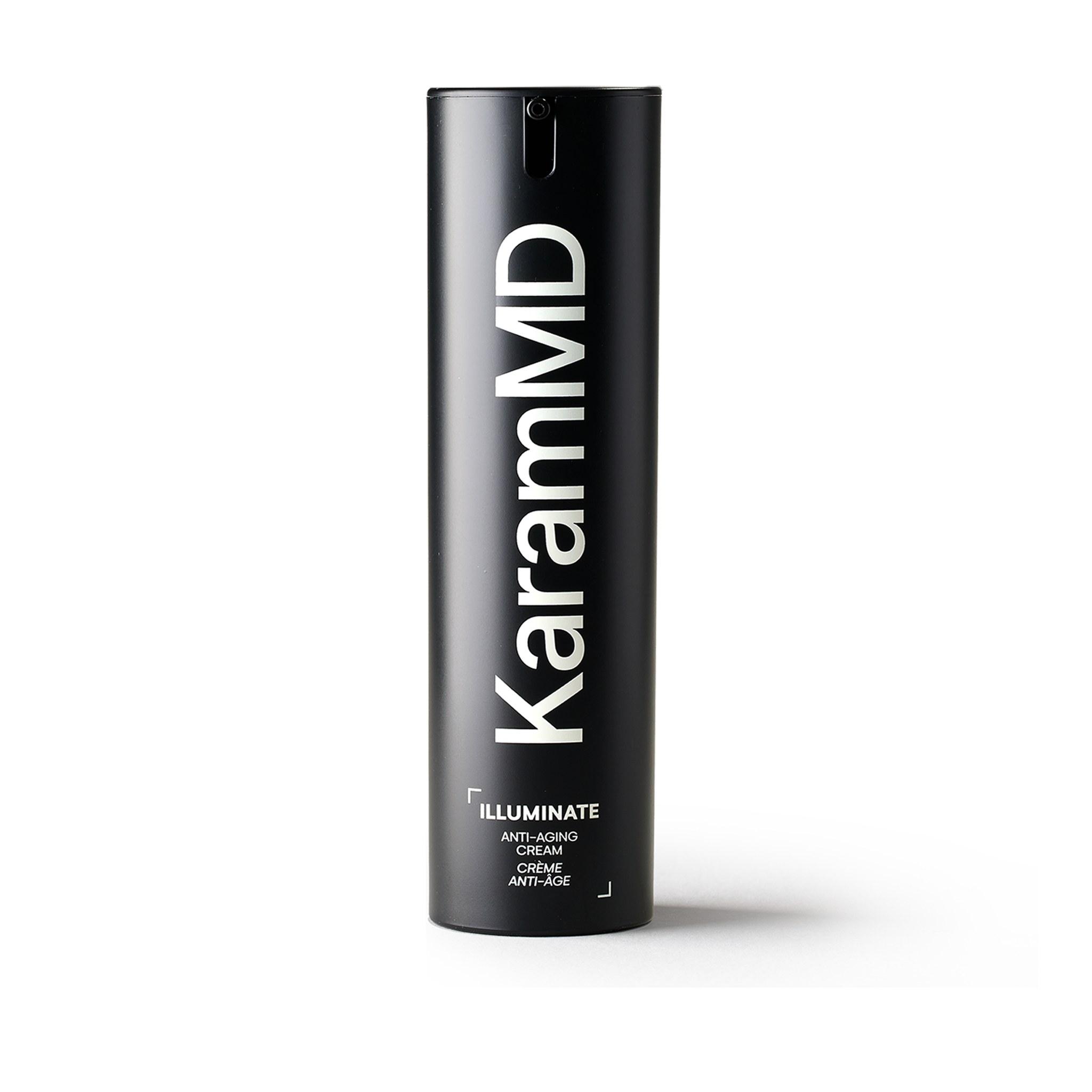
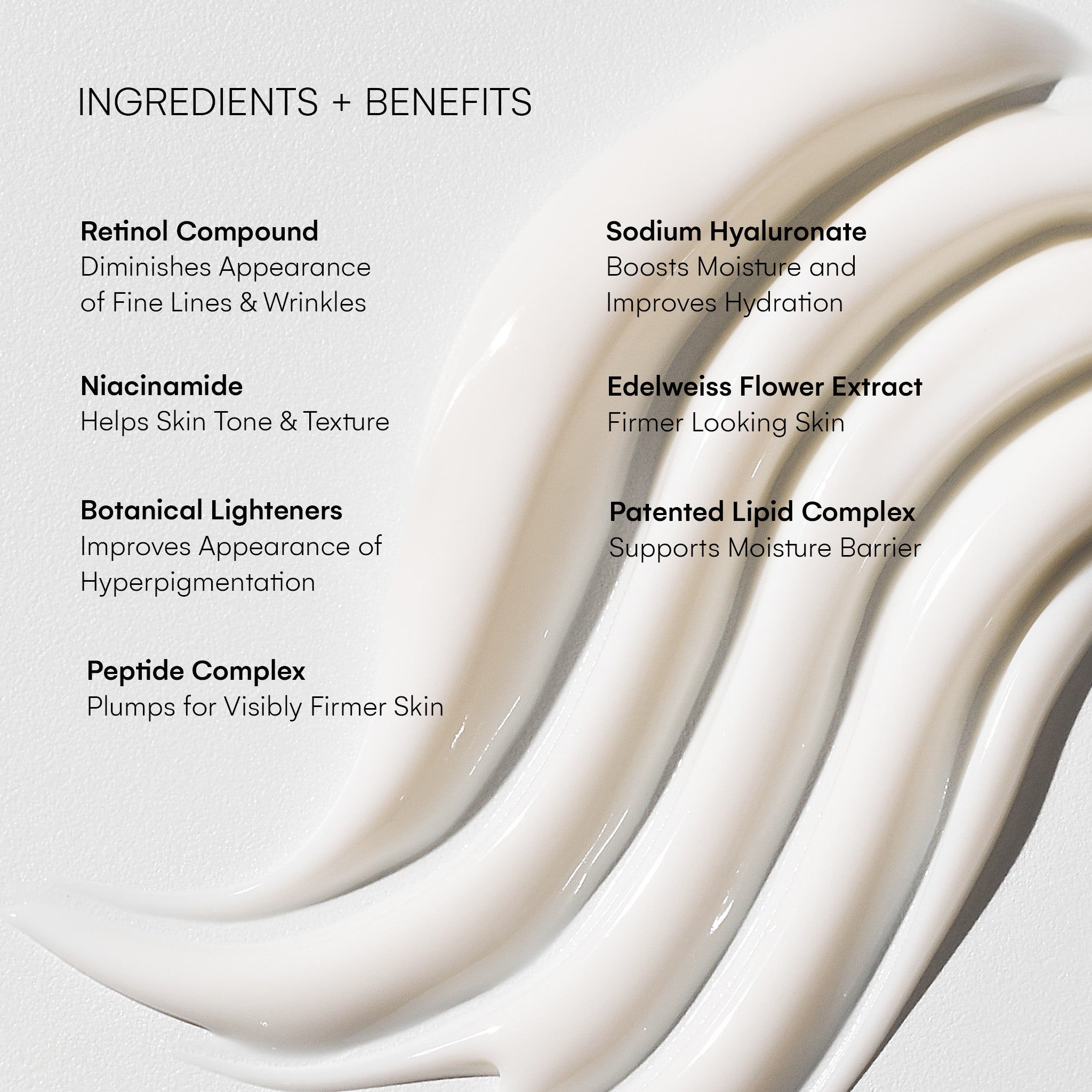
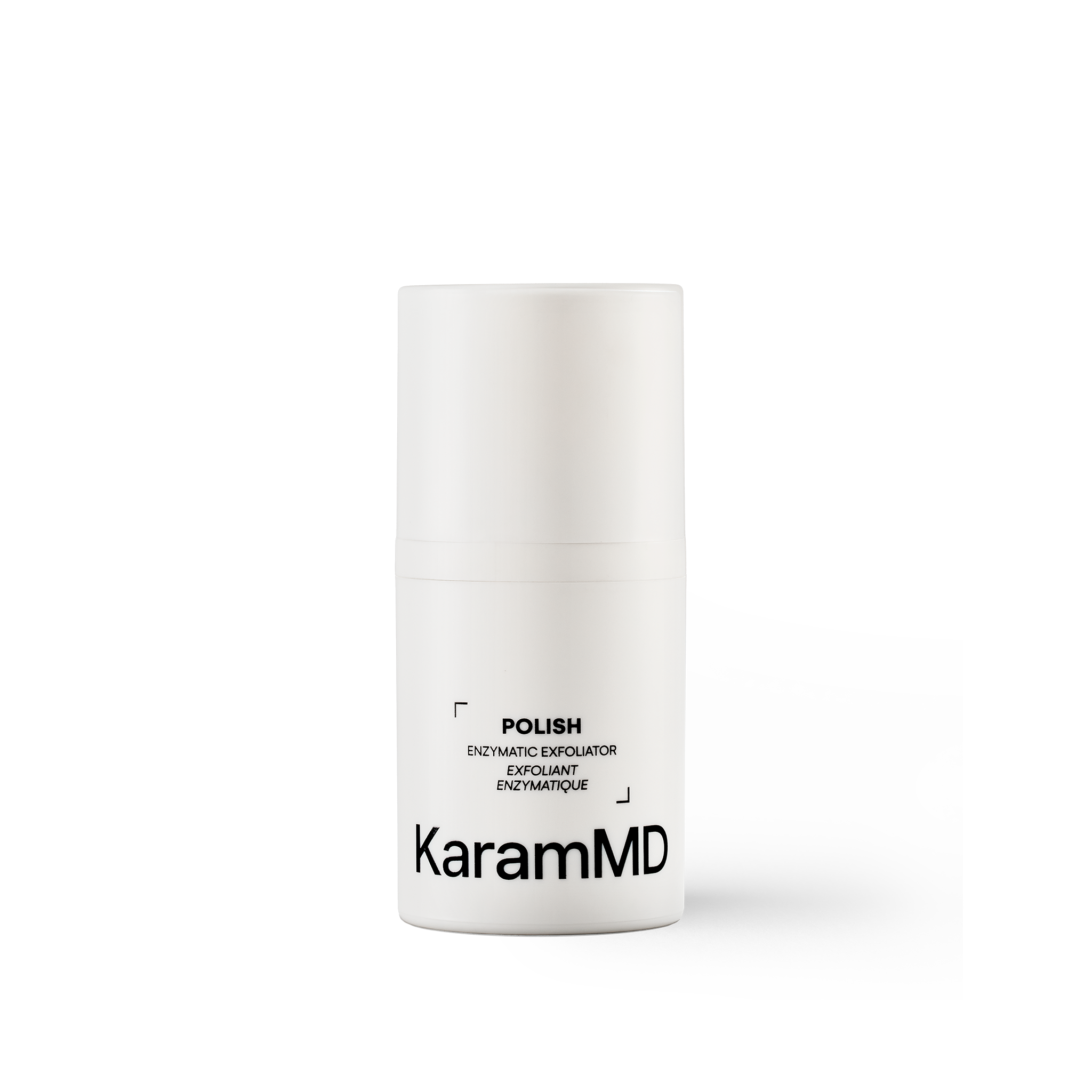
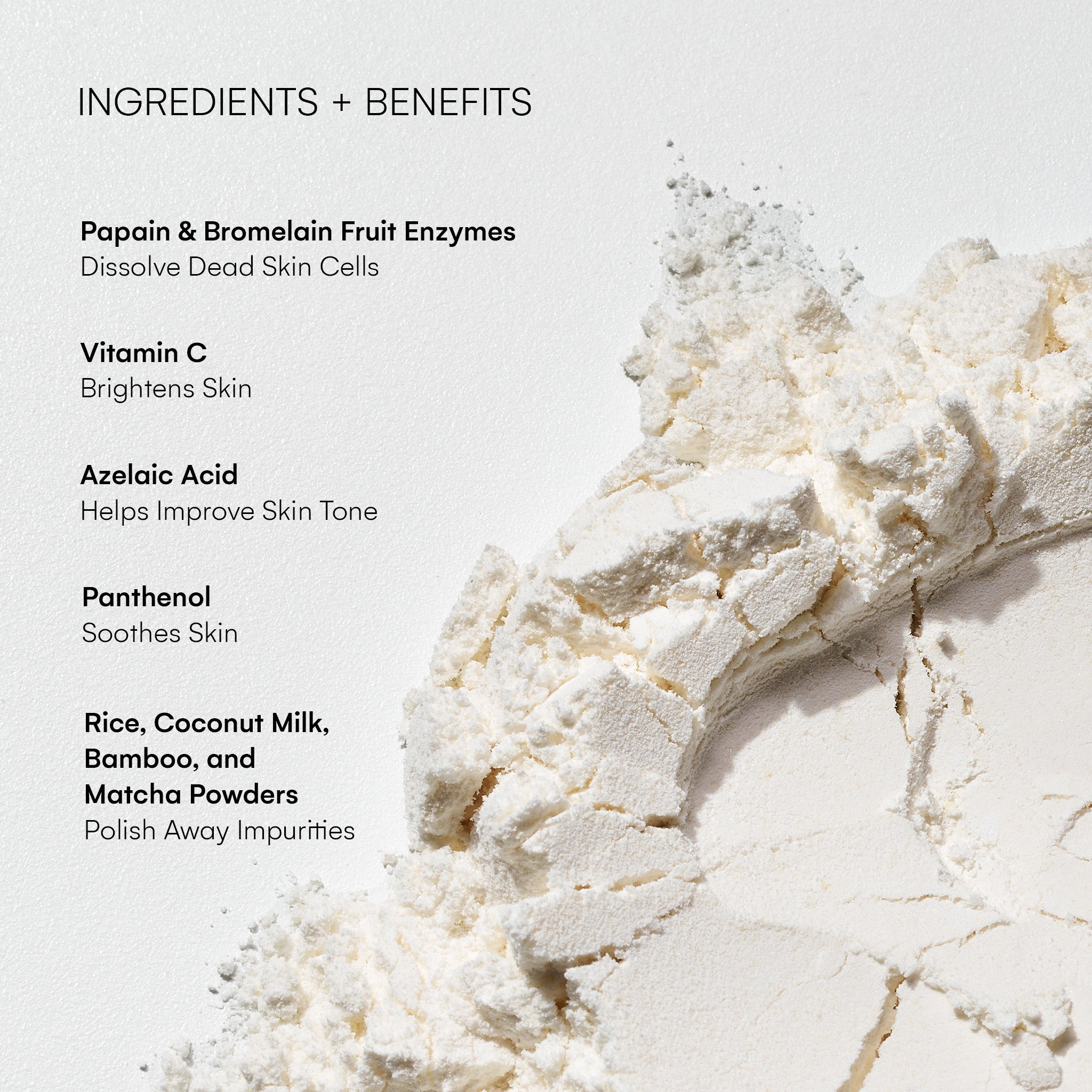
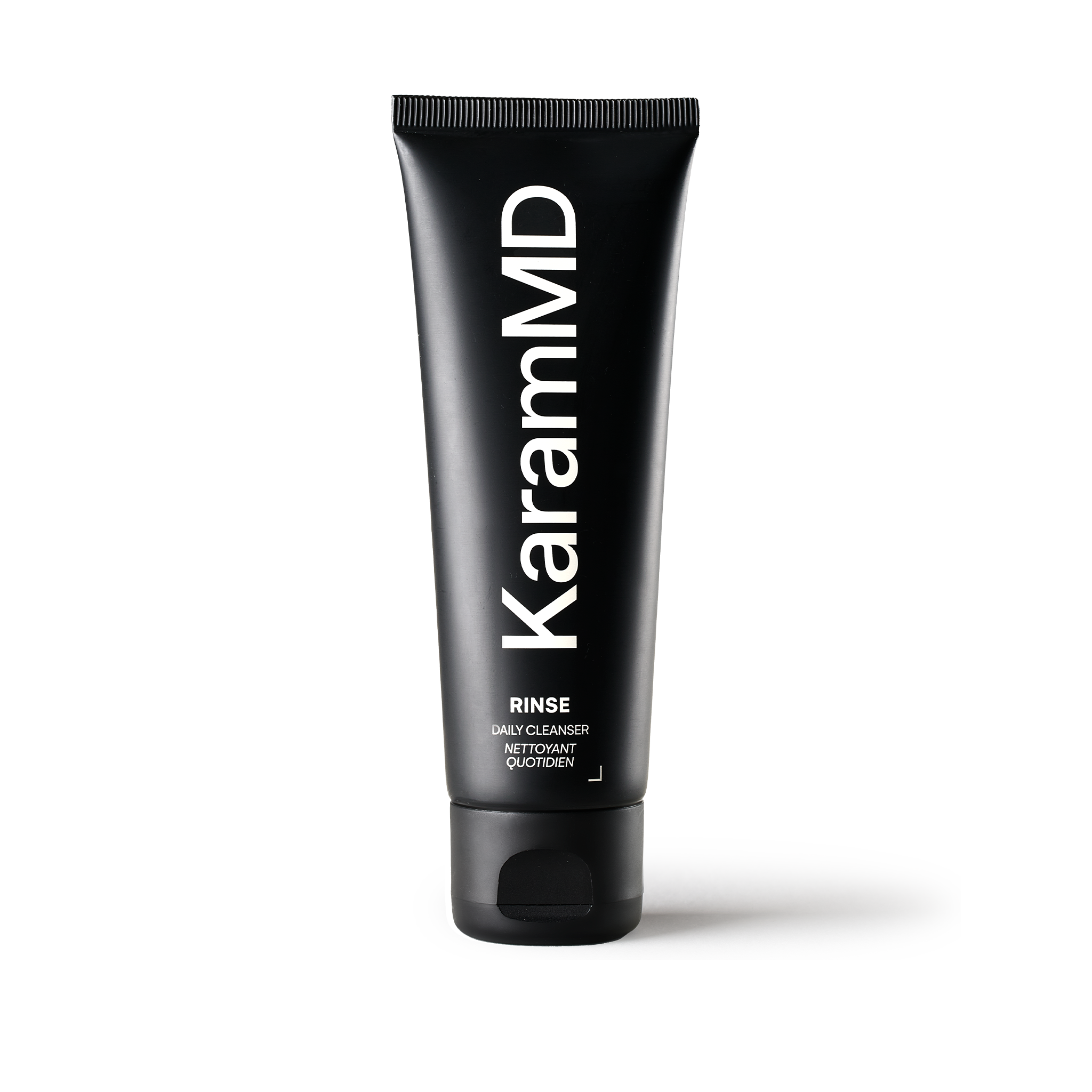
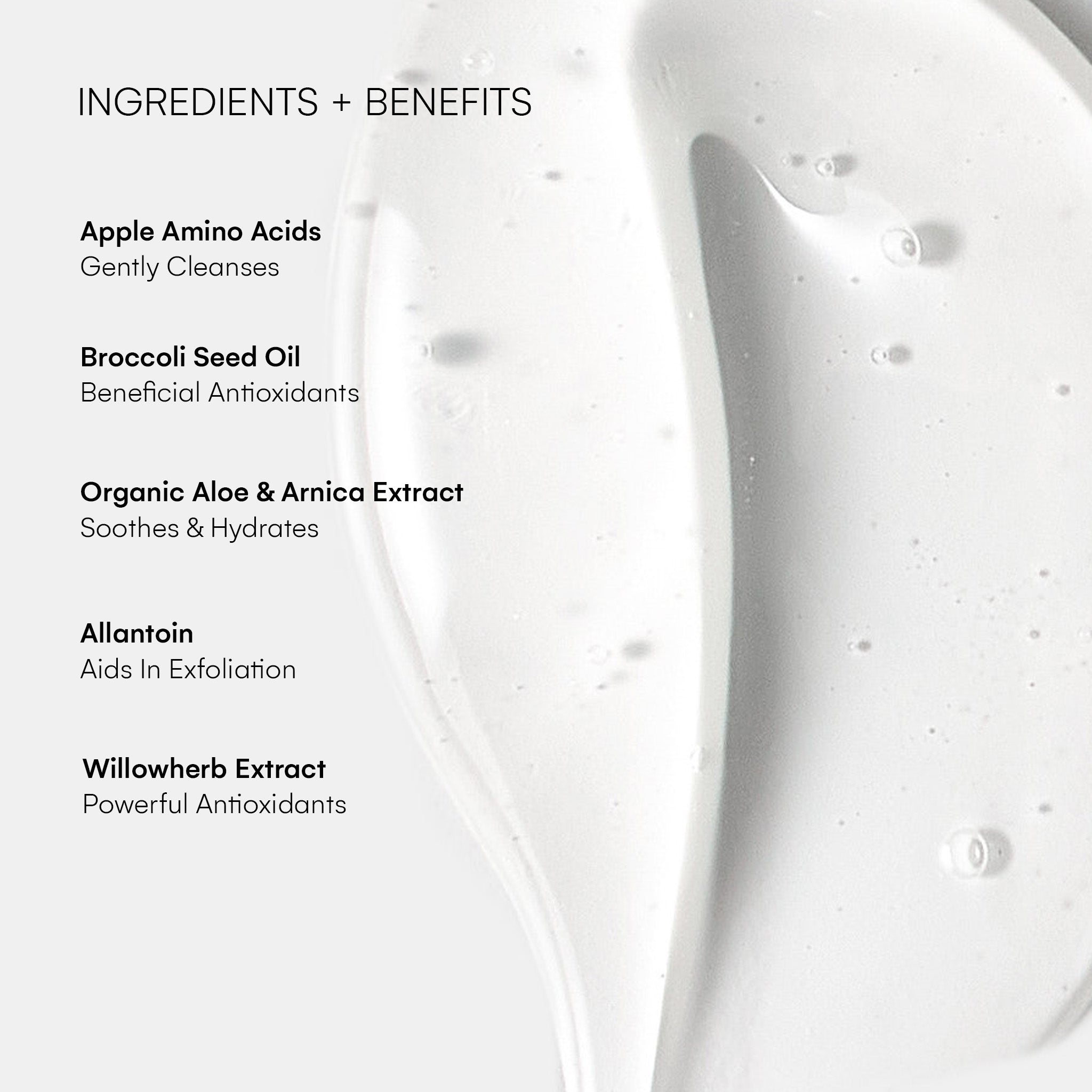
7 comments
Ernesto Sosa
I live in Orange County California. Where do you recommend I get the Vertical Restore Procedure.
Please.
Thanks
———
KaramMD Skin replied:
Hi Ernesto—Thanks for your comment! The Vertical Restore is actually Dr. Karam’s patented facelift technique, so you won’t find other surgeons offering this exact procedure. Dr. Karam performs all Vertical Restore surgeries himself at his practice in San Diego, California. If you’re interested in a consultation or would like more information about the process, please visit Dr. Karam’s website or feel free to contact his office directly. 💛
Delray
Hi Dr. Karam,
I am 69 years old black American male who is interested in getting a facelift. i am good health. I watched several of your YouTube videos concerning facelift aesthetics. I would like to know your thoughts on the subject of me getting the vertical Restore.
———
KaramMD Skin replied:
Hi Delray—Thanks for your comment! The most efficient way to get all the information for Dr. Karam’s procedures, you will need and request a virtual consultation by clicking on the link below: https://www.drkaram.com/getting-started/ You can get pricing and downtime info and learn more about the procedures. If you decide to request a consult, you must submit the contact form and your photos and Dr. Karam’s surgical team will assess your candidacy and move forward from there.
Sara Jimenez
I am 62 years old and I want to do a face lift. How much do you charge?
———
KaramMD Skin replied:
Hi Sara—Thanks for your comment! Pricing information for Dr.Karam’s procedures can be found on his website https://www.drkaram.com/getting-started/. You can get started there and someone from his team will be in touch.
James Carrington
I’m a 59 y/o man, and I am looking for an excellent plastic surgeon, but….all I ever see you address is face lifts for women; do you perform face lifts for men?
———
KaramMD Skin replied:
Hi James—Thanks for your comment! Absolutely—Dr. Karam performs facelifts for both men and women! In fact, many male patients seek his expertise for natural, rejuvenated results. The most efficient way to get all the information for Dr. Karam’s procedures, you will need and request a virtual consultation by clicking on the link below: https://www.drkaram.com/getting-started/ You can get pricing and downtime info and learn more about the procedures. If you decide to request a consult, you must submit the contact form and your photos and Dr. Karam’s surgical team will assess your candidacy and move forward from there. You can also contact them directly at (858) 252-6826.
Leslie Snowdon
How about 70 years. I’ve seen better results on younger women but have been watching Dr. Karam for over a year and am considering coming from Canada to see him. With our terrible exchange rate, it’s a hard decision if I don’t know what’s possible for me as far as results go.
———
KaramMD Skin replied:
Hi Leslie—Thanks for your comment! We completely understand that the decision is a big one. Dr. Karam has worked with many patients in their 70s and beyond, and he customizes treatments based on individual needs and goals, so there’s always potential for great results. Age doesn’t necessarily limit what can be achieved—it’s more about working with your unique features and skin. The most efficient way to get all the information for Dr. Karam’s procedures, you will need and request a virtual consultation by clicking on the link below: https://www.drkaram.com/getting-started/ You can get pricing and downtime info and learn more about the procedures.
Leave a comment
All comments are moderated before being published.
This site is protected by hCaptcha and the hCaptcha Privacy Policy and Terms of Service apply.